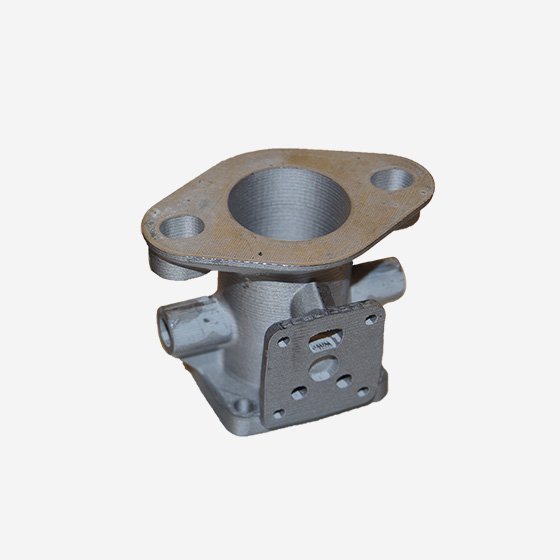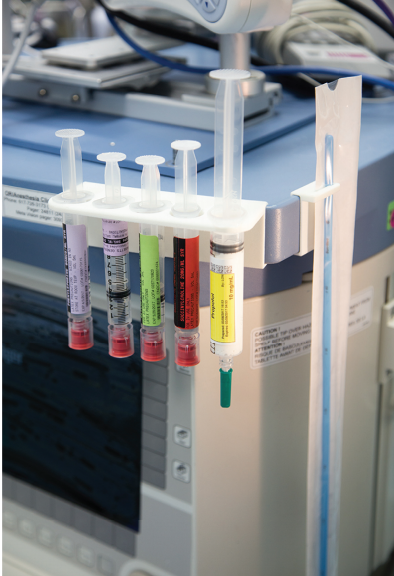Founded in 2013 by Greg Mark, Massachusetts-headquartered Markforged quickly became a powerful presence in the 3D printing industry, first with carbon fiber reinforced 3D printing and then developing a novel metal 3D printing technology.
With a range of end-to-end processing systems, Markforged offers its customers access to the boldest advantages in additive manufacturing—not only through rapid prototyping but also rapid speed in the fabrication of high-performance parts. Past the initial investment, industrialists are able to see substantial savings, along with a new ability to innovate upon casting aside the restrictions of older technology. These benefits drew the attention of Tecron, a European company known for its manufacturing and engineering services in the automotive industry.
In a recent case study, the Markforged team details how metal AM processes improved the production of high-performance parts needed for the vintage race cars Tecron has been working on lately. Metal 3D printing offered the opportunity for Tecron to make a shift, especially in working with one of their most important clients, Škoda Motor, to streamline the production of an original, discontinued racecar carburetor.
Tecron’s collaboration with Škoda Motor exemplifies one of the most exciting benefits in 3D printing—offering the ability to create parts that may have become obsolete and are nearly impossible to find. We have followed other projects too within automotive and railways applications, with 3D scanning of original parts allowing for better rebuilding and maintenance.
In the case of the missing design for the carburetor, the original die used in traditional die-casting methods was lost long ago. The Tecron design team not only made an affordable copy of the initial race-car component, but they also modified the structure for better optimization.
In another study, Czech Aerospace Research Centre (VZLU) partnered with Tecron for prototyping and testing new parts. Engineers were tasked with creating a new wing design and challenged with finding a method that was not cost-prohibitive. Prototyping can require extensive (and expensive) measures for applications like aerospace, and VZLU realized the need for different, advanced technology in creating complex models like their innovative nozzle design.
“The narrow slit in the design improves overall wing performance, and was crucial to the success of the process. Deconstructing the design into several more manageable parts would have a negative impact on performance,” stated the Markforged case study.
The use of electrical discharge manufacturing (EDM) was another possible choice, but was not cost-effective and would have taken much longer than with metal 3D printing. In using the Metal X by Markforged, the engineers were able to complete their highly customized design, quickly and affordably.
After analyzing over 100 additive use cases, Markforged discovered that industrial users are concerned with the following:
- Accessibility
- Design freedom
- Physical strength and durability
- Reliability
Data was compiled from the 2020 Additive Trends Report by Markforged, also showing that 46 percent of companies expect to be using additive manufacturing within the next two years. Download the study here.
[Source / Images: Markforged]
The post Markforged Metal 3D Printing Replaces Obsolete Part for Legacy Race Car appeared first on 3DPrint.com | The Voice of 3D Printing / Additive Manufacturing.






